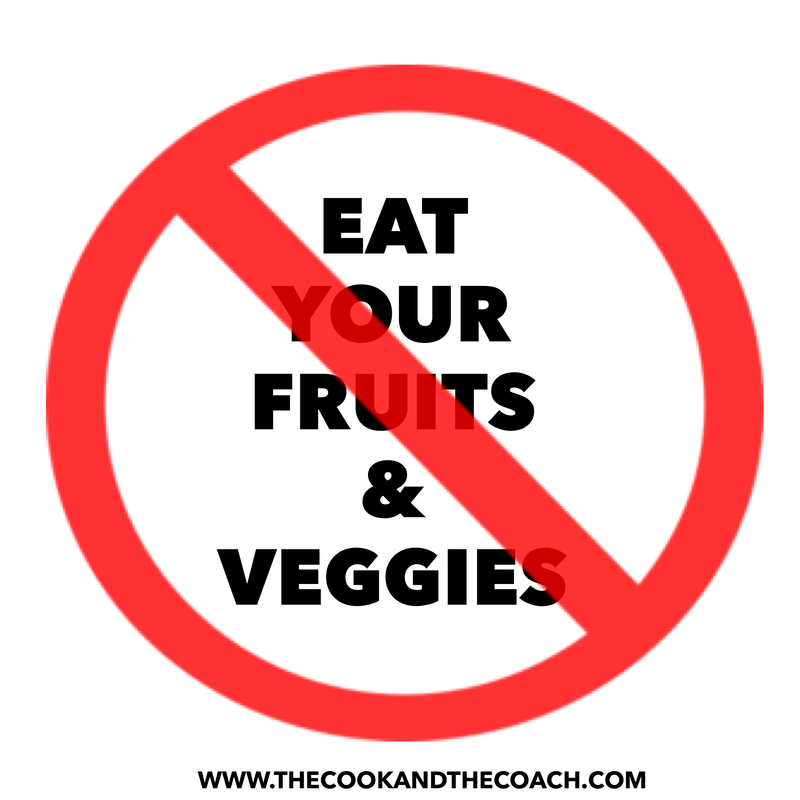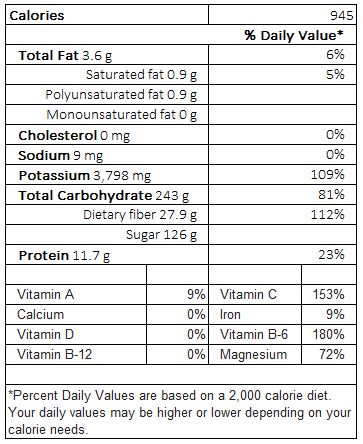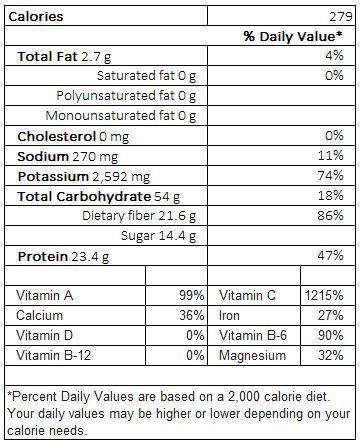|
If you are like me and you grew up with the Food Pyramid as your reference to what a healthy diet should look like, then I'm sure you will follow my logic in this post. That pyramid told us to eat a certain number of grains, pastas and cereals. It also mentioned meat and protein, listed dairy as a food group and told you to limit fats. Although if you look closely at the pyramid, fruits and vegetables are separate, but the advice you hear all the time is, "Eat your fruits and veggies." If you follow anyone in the health world, I'm sure you've heard that statement before. If you do a quick google search on the subject you will get results like these:
Experts Recommend 5-9 Servings of Fruits and Vegetables Per Day
Then if you click into some other links from what I would consider well educated institutions like WebMD or Harvard School of Public Health you find that they have articles that lump the two groups together as if they are interchangeable.
So why is this bad advice? Instead of the saying, "Eat your fruits and veggies" it should actually be "Eat your fruits" and "Eat your veggies." The problem comes when you combine the two. Especially when that advice is what we teach our children. If these two food groups are lumped together - like they almost always are - and you have the option to eat sweet fruit versus slightly bitter greens like kale or arugala, which are you going to choose? Which are your children going to choose? The difference between eating 9 bananas in a day versus 9 cups of broccoli is pretty significant.
By comparing these two, the intent isn't to say that fruit is bad or even worse than vegetables, they're just different. It is easy to see though that if a person were to consistently eat a lot of fruit that they would be consuming a lot more calories and a lot more sugar. It is a "natural" sugar but it is still sugar that your body will either use as energy or store as fat if it isn't needed.
My advice would be that you aim for a minimum of 5 servings of vegetables per day...and preferably non-starchy varieties. So that means things like broccoli, cauliflower, various greens (kale, spinach, chard, romaine), carrots, sprouts, jicama, celery, onion, garlic and so on. I know things like avocado, tomatoes, peppers, and squash are technically fruit but for the sake of getting nutrient dense, low calorie foods we will call them fair game for your 5 servings per day. As far as the popular advice out there that says you should eat 9 servings of "fruits and vegetables" per day...that total number is fine in my opinion. If you want to eat more that - even better. I would always strive though to keep your veggie to fruit ratio to be 2:1. So take the 5 servings of non-starchy veggies, add in maybe a sweet potato or regular potato and that gives you 6 servings of veggies. Go ahead and eat three servings of fruit to get that that 9 number! Some advice on fruit selection: if your goal is weight loss try to keep 2 of those 3 fruits lower in sugar content, so things like melons, berries, citrus fruit. Your higher sugar fruits would include things like bananas, apples, grapes, dates, figs, and mangoes. Once again if you don't use that sugar you will store that sugar for energy later in the form of fat. Continue to eat your fruit and continue to eat your veggies but stop lumping them together as one! Comments are closed.
|
The Cook & The CoachHealthy is a LIFESTYLE. Categories
All
Archives
November 2019
|
About Us
|
Contact UsAffiliate Disclosure
|




 RSS Feed
RSS Feed

